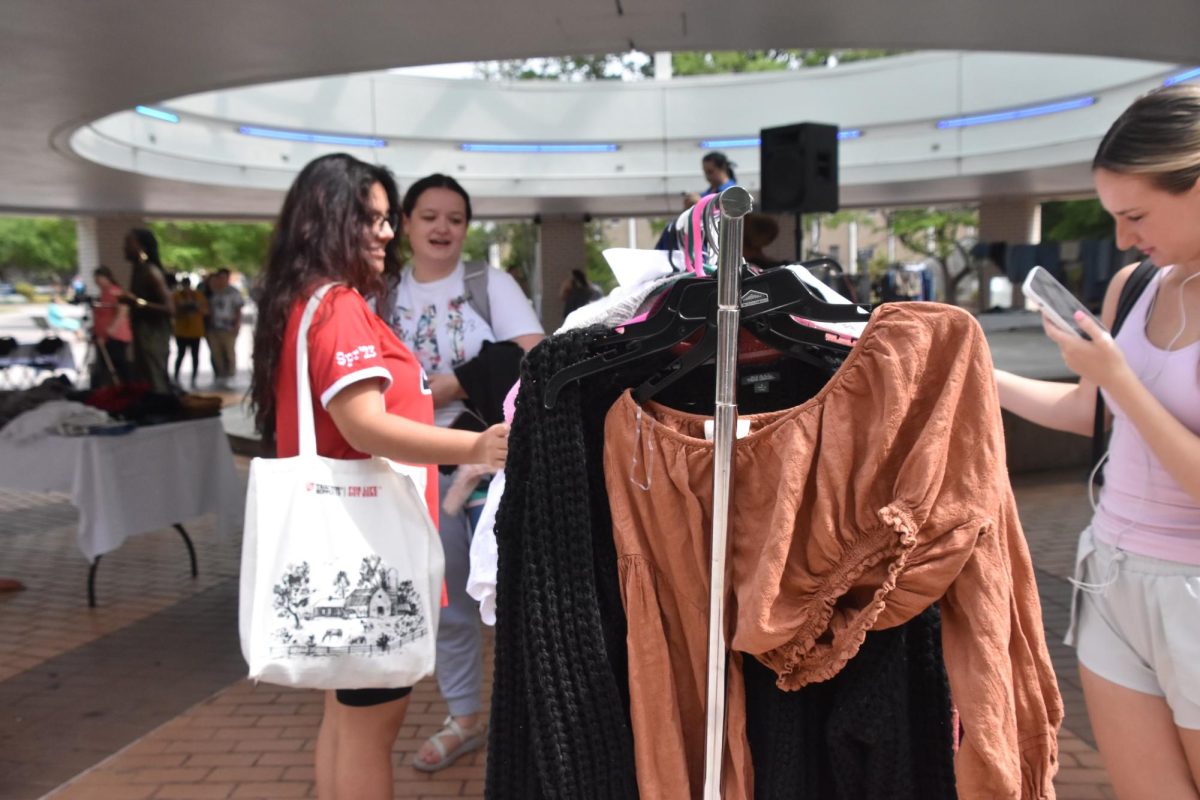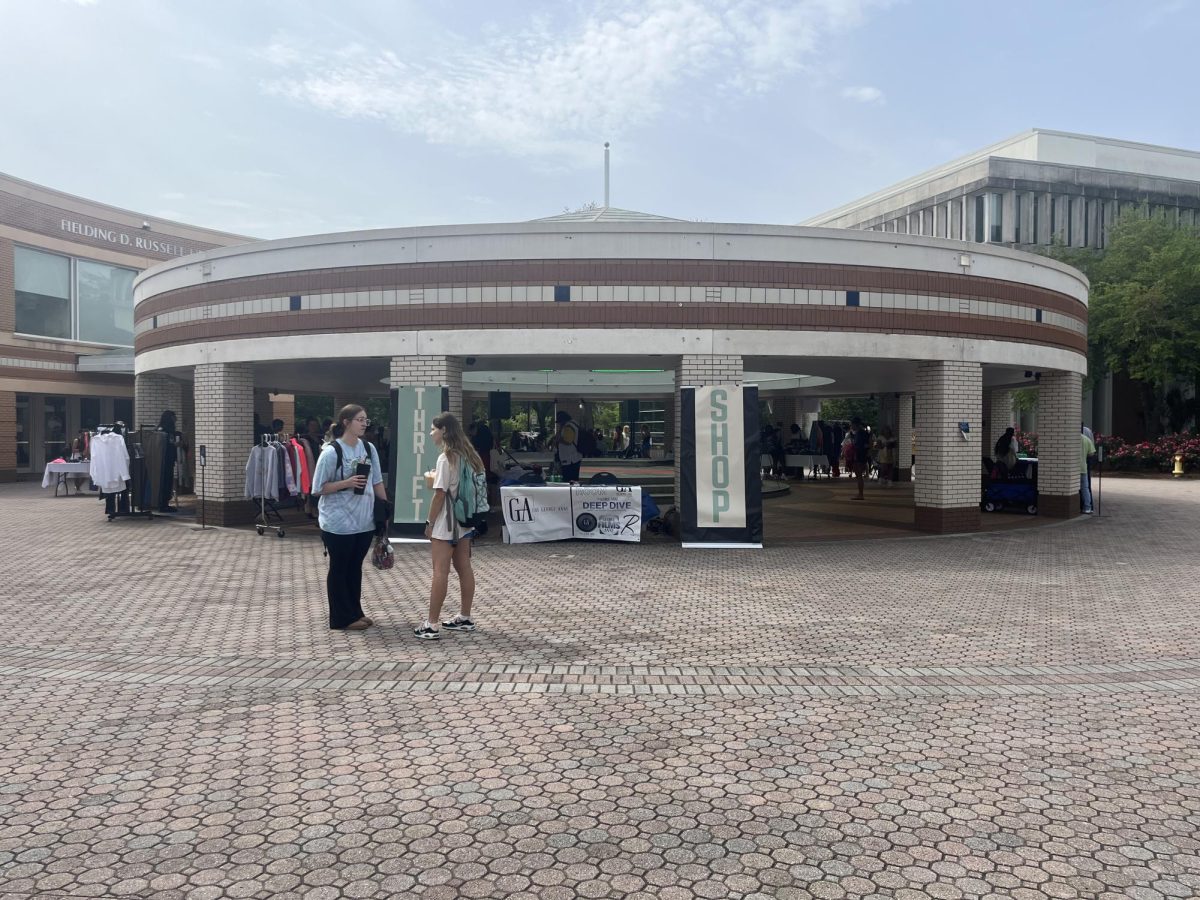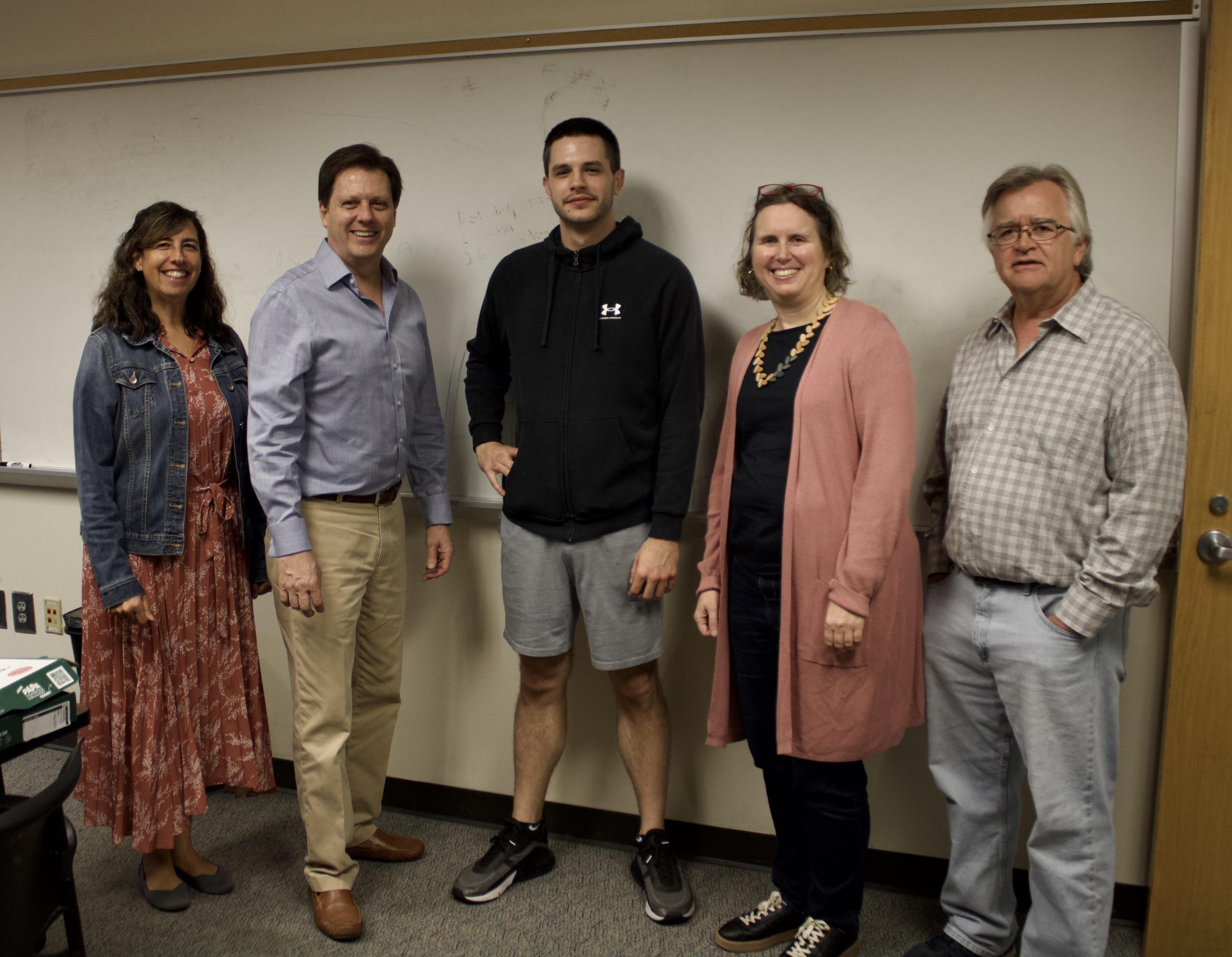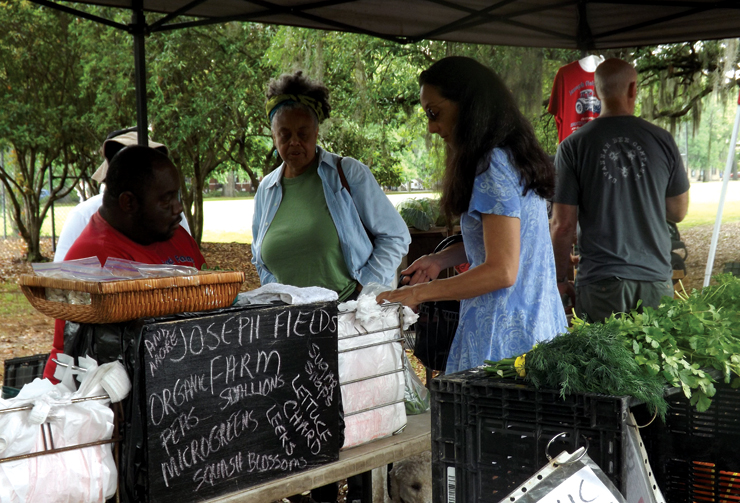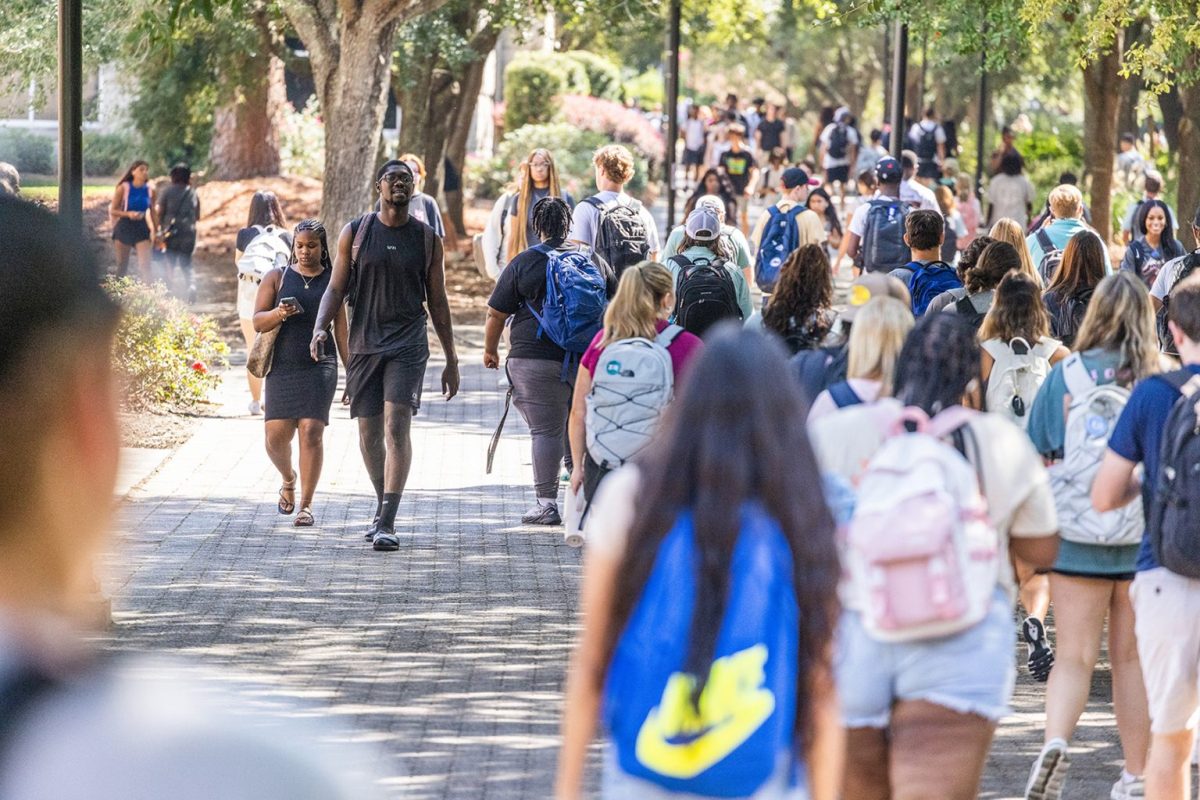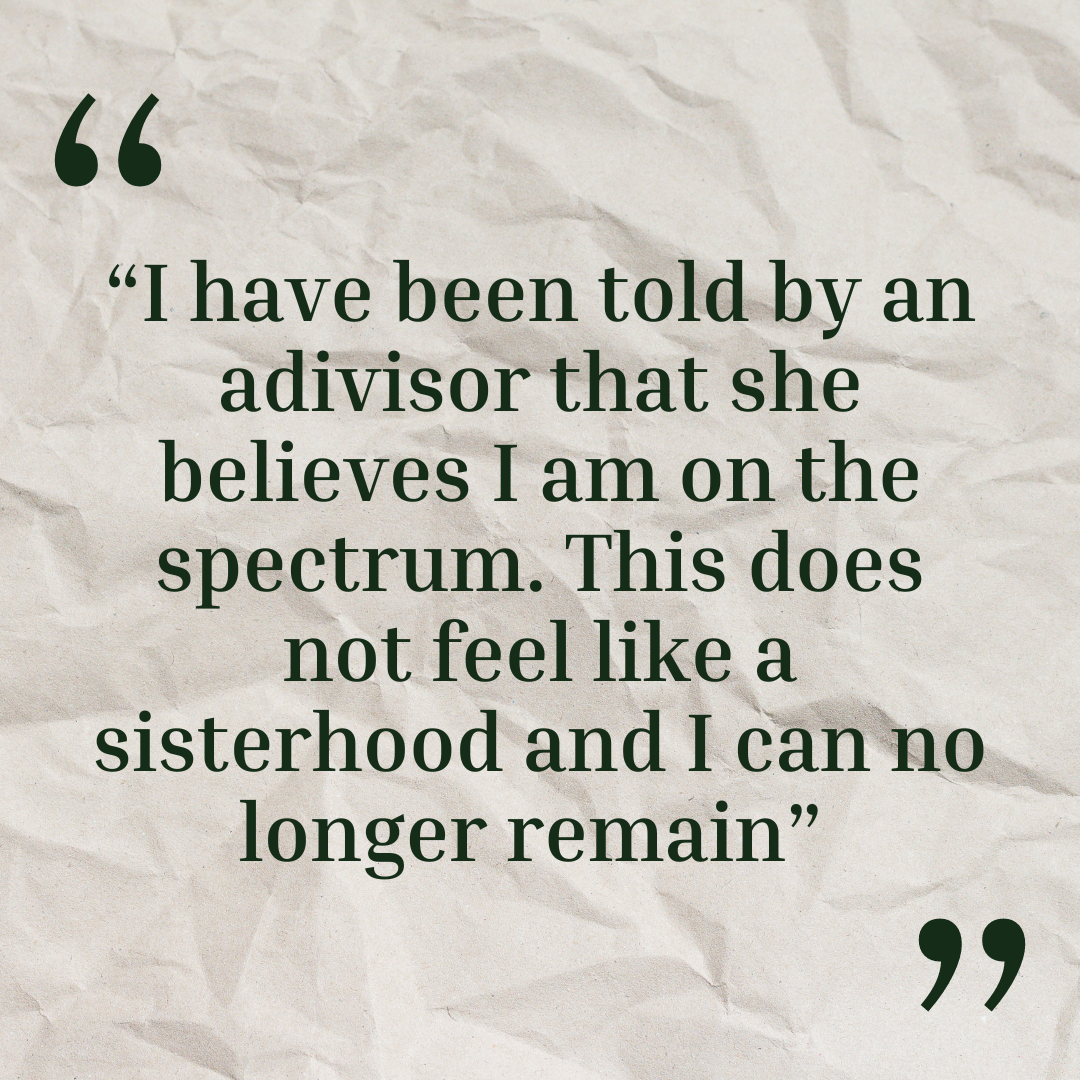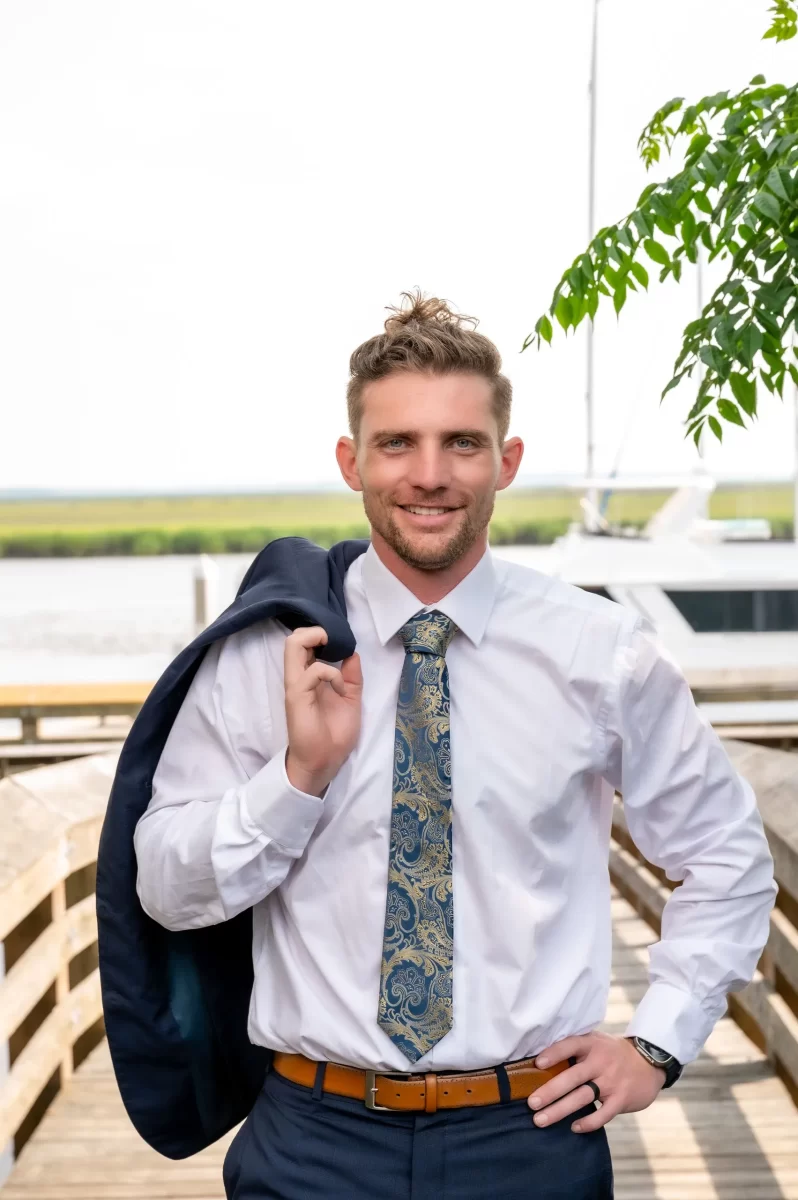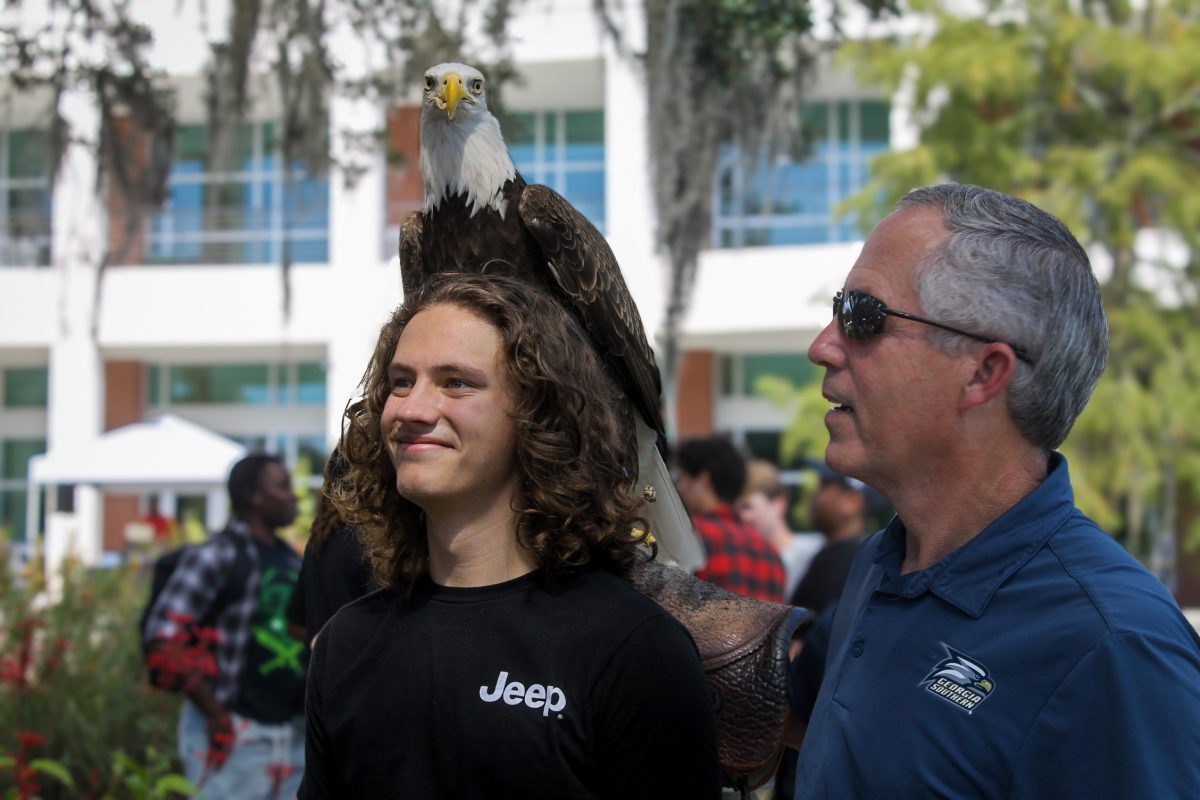By Lila Miller, Staff Writer
Go Green Armstrong and Make Maroon Green sponsored a screening of two critically acclaimed documentaries to celebrate Earth Day on April 22.
The clubs featured a double-header of documentaries with “Blackfish” and “Plastic Paradise”. While entertaining, these films were not for the faint of heart.
Before the movie began, president Melody Badding said one of the club’s main goals was to spread awareness and help with sustainable causes.
A little over fifty people attended the screening and were visibly moved by the films.
“Blackfish” was a 2013 documentary directed by Gabriela Cowperthwaite. The film centers around Tilikum, a performing Orca whale held in captivity by SeaWorld.
Cowperthwaite’s curiosity surfaced after a 2010 incident involving Orlando SeaWorld trainer Dawn Brancheau and the fishy circumstances of her death. She was attacked by Tilikum during an evening show at Sea World.
Sea World representatives cited that she was targeted because she was “wearing a ponytail”. Cowperthwaite was determined to understand the underlying issues surrounding captive whale practices adamantly declaring that “there was more to the story.”
The film explored the underbelly of Orca whales in captivity as well as the unchecked consequences of harboring such wild animals in regards to their welfare as well as human life.
It it strange to think of Sea World in such an unflattering light, as many of our generation can remember being children, visiting Sea World, and being awestruck by such majestic mammals. It is shocking to grow up and realize at the lengths Sea World went to in order to increase their bottom line.
Sophomore Amanda Atkins went to the screening at the urgency of her professor, Mr.Gibson. As a health sciences as well as public health major, one might think she would be more informed than the rest of us but she remarked that the film and its sinister undertones were the first she’d ever heard of such a thing. How easily money sweeps controversy under the rug.
After the intermission, “Plastic Paradise: The Great Pacific Garbage Patch” followed.
This documentary focused on the almost folkloric garbage patch of plastic amassed in the middle of the Pacific Ocean.
The patch is nestled within the remote island of Midway Atoll, in between Japan and North America. After three years of government gas lighting, director Angela Sun was granted the proper permits to visit the location and shoot footage for the documentary.
The film splices in intermittent WWII black and white animations hailing newfound plastic materials heralding in new technologies but also insane amounts of waste.
Sun said, “Every single piece of plastic that has ever been created since the 19th century is still somewhere on our planet. So if it never goes away, where does it go?”
This film highlights how plastic has infiltrated almost every aspect of our lives, more meaningfully, the harmful and toxic chemicals used to make plastic.
In the wake of the Tybee Island plastic bag banning proposal, this documentary really brings a global issue to the forefront of our minds.
As young people, we can make a difference every day, no matter how small.


